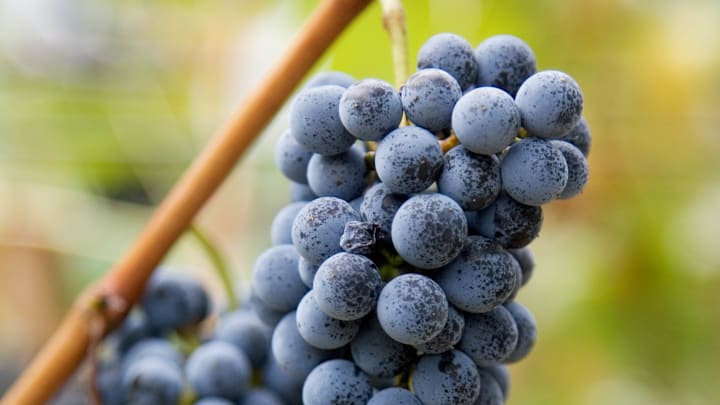Wasps: The Unlikely Sommeliers Behind Your Favorite Vintages
When thinking of wine connoisseurs, one might imagine someone with a refined palate, a penchant for swirling a glass elegantly, and perhaps a bit pretentious as they talk about the bold smell of their latest drink. However, you probably wouldn’t picture a wasp. Best believe it. The same summer picnic crashers that send us flailing our arms in panic are actually the unsung heroes in the winemaking world.
Now, before you spit out your merlot in disbelief, let’s delve into why these stingy and irritating critters deserve a toast for their unintended contribution to our wine cellars.
It all starts with yeast. Not the type that makes your sourdough rise, but wild yeasts that are essential for fermenting grapes into wine. Here’s the interesting part: these yeasts like to travel on the bodies of wasps. Without the back-and-forth movements of these small-winged creatures, the natural yeast population would be scarce.
Wasps visit vineyards to eat ripe grapes. As they do this, they pick up wild yeasts and then transfer them from one grape to another and back to their nests. The yeasts hibernate over winter within the gut of wasp larvae in their nests, ready to start fermenting once spring comes. The yeast cannot survive the cold months, so it is crucial that the wasps take it back with them and store it with them until the warmer months return.
Not all grapes are created equal, and wasps are surprisingly picky eaters. They tend to prefer grapes that are slightly damaged because they’re easier to dig into. This pickiness inadvertently helps winemakers identify weaker grapes that might otherwise compromise the quality of the wine. Essentially, wasps are the unsolicited quality control inspectors in vineyards, pointing out which grapes probably wouldn’t make the cut for your premium bottle of Château Impressive.
There’s something inherently humorous about attributing the sophisticated process of winemaking to a creature that seems more suited to ruining picnics than enhancing palate pleasures. Imagine a wine-tasting event where, alongside the sommelier, a wasp is released into the wild to help highlight the notes and tones of each wine.
In all seriousness, wasps do add a unique, albeit indirect, flavor profile to wines by affecting which yeasts thrive in the ecosystem. So, next time you enjoy a particularly good vintage, remember there’s a slight chance it tastes that way because a wasp decided to go on a grape-hopping spree.
While it’s unlikely that “wasp-fermented” will become a trending wine label anytime soon, perhaps we should give these buzzing vineyard visitors a little more credit. So, the next time you’re sipping on your carefully aged Pinot Noir, raise a glass to the wasps who, through their yeasty deliveries and selective munching, play a small but mighty role in crafting the complexities in your wine glass.
And to those still skeptical, remember that great wine often comes from embracing the unexpected elements of nature—yes, even those that occasionally sting.
So, cheers to wasps: the unsung sommeliers of the wine world, proving that sometimes, the best things in life come from unexpected places.
